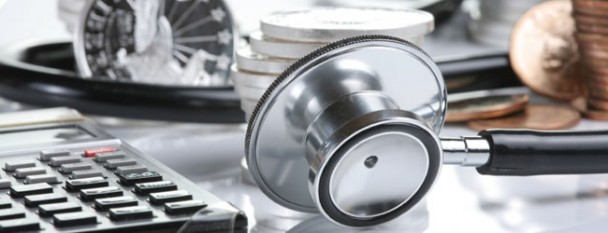When an emergency strikes many small businesses are left reeling from the physical impact to their office spaces and surrounding local areas. However, what can be even more devastating than the damage is the loss of communication that can occur after a disaster. Being unable to communicate with fellow employees, patients, vendors, and insurance companies can be devastating to any business. A medical business is especially vulnerable because during an emergency many of their patients may be trying to reach them because they are hurt or ill due to the disaster. While many businesses have general disaster plans such as evacuation routes and electronic backup communication is sometimes left as an afterthought. Below are tips to creating a communication disaster plan so that your medical business will be able to get through any disaster with as little disturbance to their current business practices as possible.
1. Keeping alternate contact information for all office employees is critical. In the event that you are unable to see a fellow employee immediately you will need to contact them as soon as possible so that they know what to do in case of an emergency. If you are all to meet in a designated place and one person does not show up it’s crucial to try to reach that employee with whatever means necessary. This can include cell phones, emails, house numbers, and fax machines. However, when it comes to cell phones try to always remember that during an emergency cell phones can quickly become next to useless as everyone is on their phone trying to reach loved ones at the same time. That is why in addition to cell phones it is important to use email and other forms of communication whenever possible.
2. A medical call center can be a lifesaver to a small business medical practice. While most medical practices only think of a call center as useful for calls when they are not in the office, such as middle of the night or early morning calls, the truth is that they can be equally as useful when a patient is trying to reach your office during an emergency and your phone lines are down. Medical centers small and large are the first place many people turn to during a disaster. Whether they are hurt and need help or they are just trying to establish a list of services that are still available after a disaster, calls to your medical service may rise immediately following a catastrophe. If they are unable to reach you many patients may turn to other local centers, which could ultimately mean a loss of clients. Medical call centers can provide uninterrupted phone service for a medical practice that is unable to answer their lines. Your patients will be thankful, and your employees will be able to do their job better when they have phone numbers and names of patients they can easily follow up with.
3. Any disaster recovery communication plan should provide training for employee preparedness. During an emergency many people and businesses become lost with no clear-cut directions of where to go and what to do. By keeping your employees prepared you can cut down on the loss of time that will often accompany any disaster. Employee preparedness should include having pre-arranged directions on who should begin contacting fellow employees, who should check in with the call center for messages from patients and how often, and who should contact other relevant people with ties to the business. Clear communication guidelines can put your business on the road back to recovery after a large or small-scale disaster.
Kurt Duncan is the Director of Operations of MedConnectUSA.com. MedConnectUSA is a leading provider in medical disaster recovery planning.

